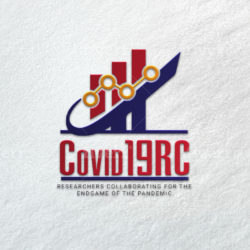This thread lists COVID-related papers recently published in the Working Papers series of the National Bureau of Economic Research (United States).
From the 7 December edition:
- Did COVID-19 Change Life Insurance Offerings?, Timothy F. Harris, Aaron Yelowitz, and Charles J. Courtemanche
- Stay-at-Home Orders in a Fiscal Union, Mario J. Crucini and Oscar O’Flaherty
- Designing Advance Market Commitments for New Vaccines, Michael Kremer, Jonathan D. Levin, and Christopher M. Snyder
NOTE: The NBER Working Papers series publishes early findings of ongoing research to encourage discussion and collect suggestions for revisions. Papers are neither peer reviewed nor endorsed by the NBER Board of directors.
